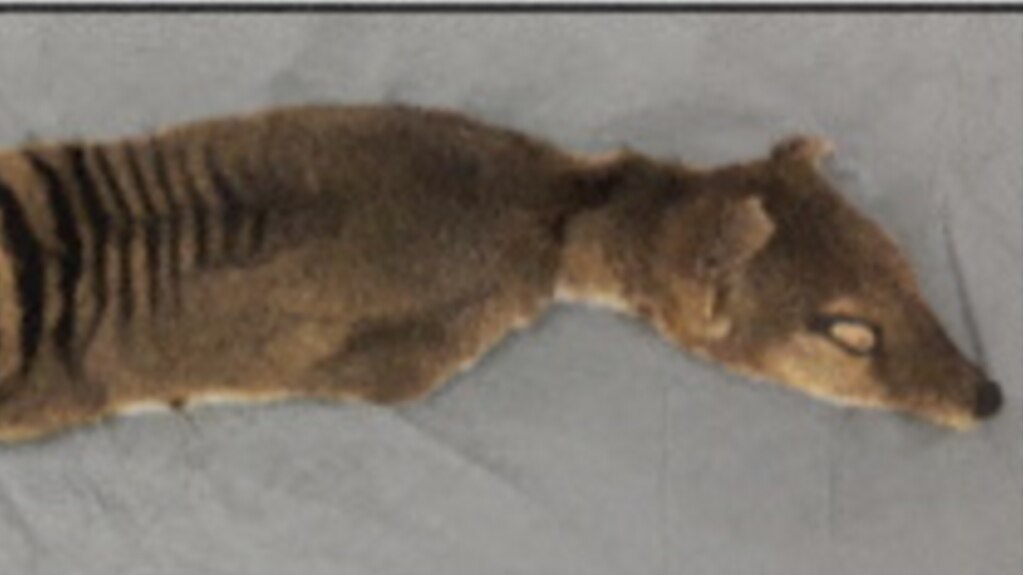Researchers say they have recovered genetic material from the Tasmanian tiger, an Australian animal that has long been extinct. The discovery could help scientists learn more about these creatures before they disappeared from Earth.
The recovered material is called ribonucleic acid, or RNA. RNA is a group of molecules present in all living cells that is important for genetic activity. It is similar to DNA, the molecules that contain an organism's genetic instructions.
RNA carries genetic information it receives from DNA. RNA combines groups of proteins that organisms require to live and works to control cell metabolism.
The researchers said the recovered RNA came from skin and muscle from the remains of a Tasmanian tiger stored since 1891 in a museum in Stockholm, Sweden.
Scientists have in recent years taken DNA from different ancient animals and plants. But the team said it was the first time RNA has been recovered from an extinct animal.
Scientists believe the Tasmanian tiger once lived on the Australian continent and surrounding islands. It was a top predator at the time, hunting kangaroos and other animals. The last known Tasmanian tiger is believed to have died in a Tasmanian zoo in 1936.
Emilio Mármol Sánchez is with the Centre for Palaeogenetics in Stockholm. He was the lead writer of a study describing the research results. The study recently appeared in the publication Genome Research.
Sánchez told Reuters news service RNA material gives scientists "a taste of the real biology” involving the cells and tissues of the Tasmanian tigers before they went extinct.
Marc Friedländer of Stockholm University was a co-writer of the study. He said, “If we want to understand extinct species, we need to understand what gene complements they have and also what the genes were doing, and which were active."
Researchers have questioned how long RNA could survive at room temperature. The remains stored at the Swedish Natural History Museum were in a state of semi-mummification. This means skin, muscles and bones remained, but inside organs were lost.
"Most researchers thought that RNA would only survive for a very short time - like days or weeks - at room temperature,” said evolutionary geneticist Love Dalén. He is with the Centre for Palaeogenetics. Dalén added that while this might be the case when remains are wet, it does not appear to be so when they are dried.
The Tasmanian tiger looked similar to a wolf, except for the tiger-like lines appearing on its back. When people arrived in Australia about 50,000 years ago, large animal population losses followed. The arrival of European colonizers in the 18th century destroyed the remaining populations around the island of Tasmania.
Private "de-extinction" programs have been launched with the aim of bringing back some extinct animals. These include the Tasmanian tiger, flightless dodo bird and wooly mammoth.
However, many researchers have warned about the difficulties of using genetic processes to actually recreate an extinct species. While Sánchez of the Centre for Palaeogenetics said he too has concerns about such processes, he noted that he does "advocate for more research on the biology of these extinct animals."
I’m Bryan Lynn.

